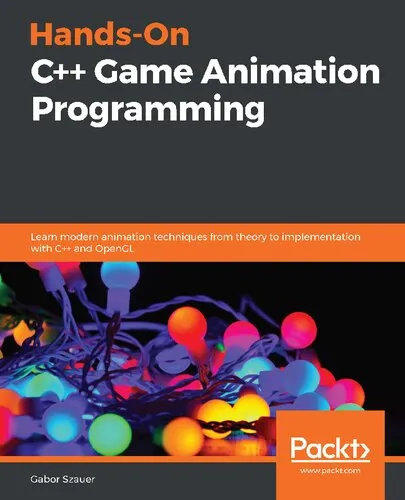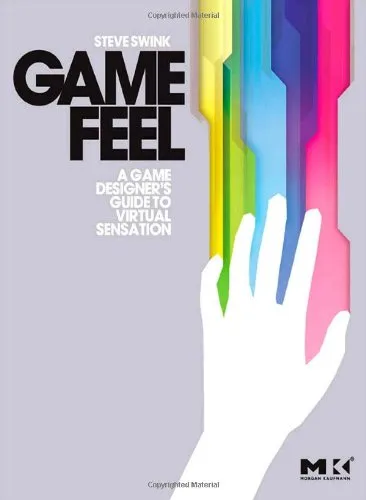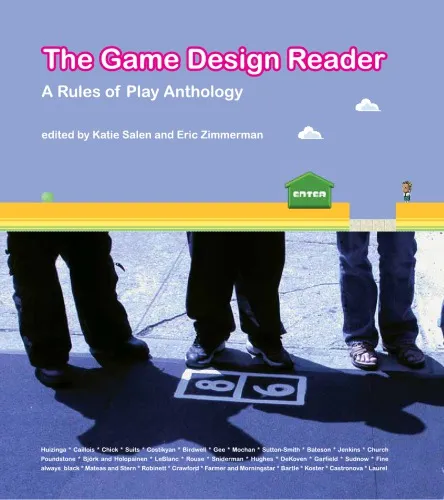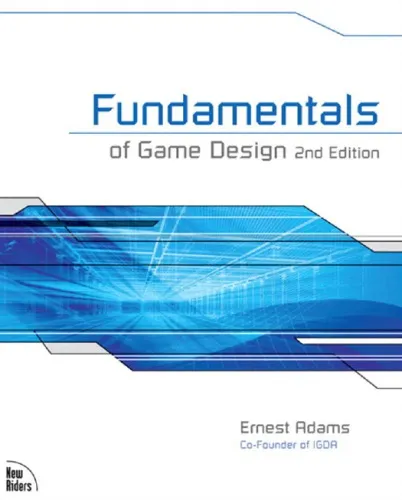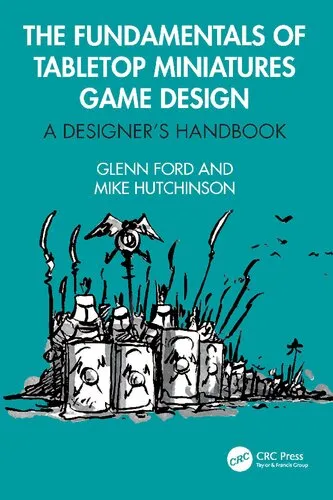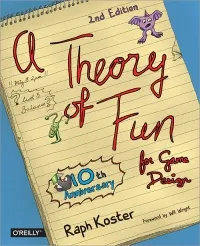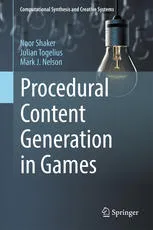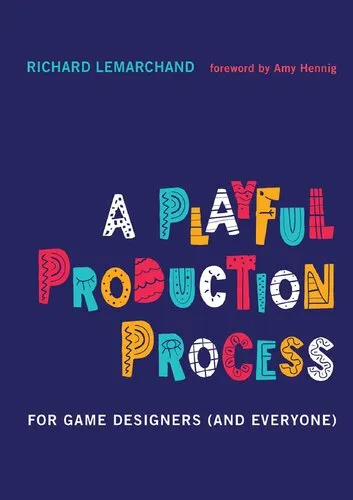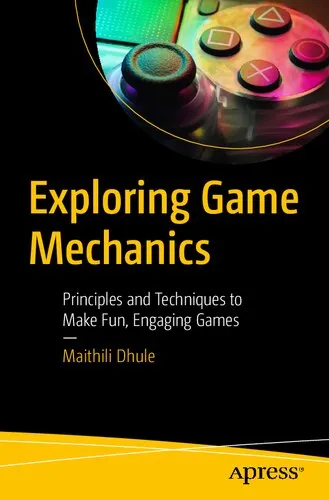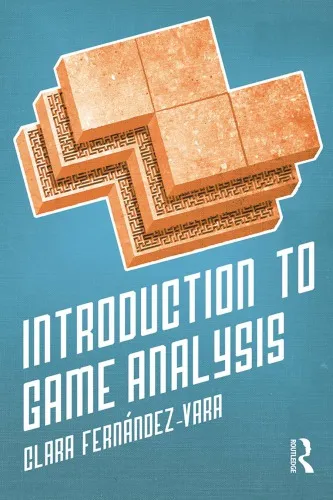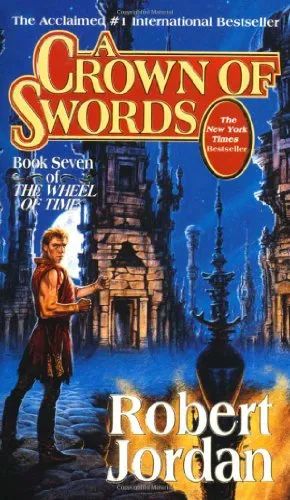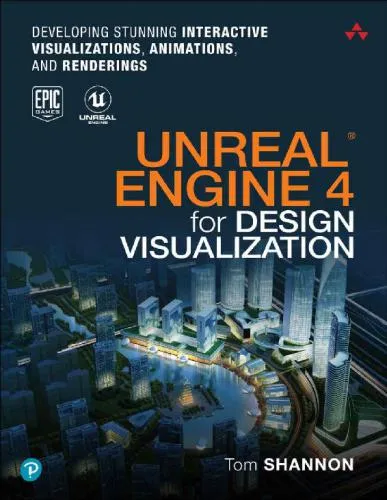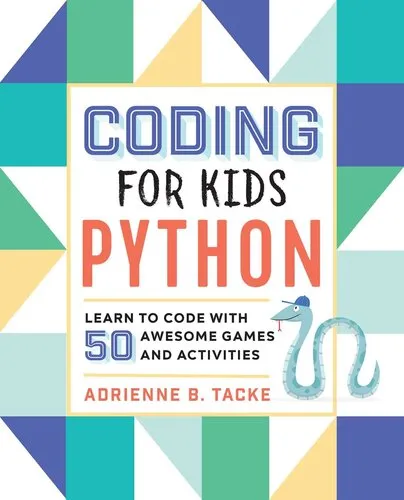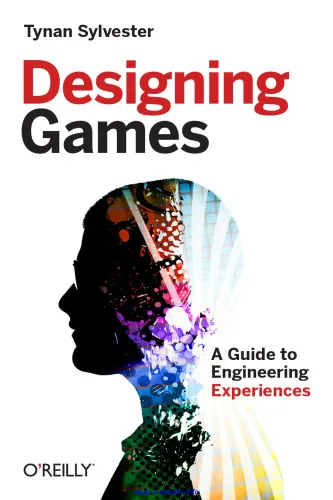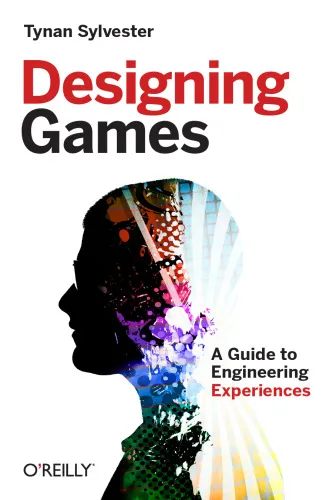Designing games: a guide to engineering experiences
4.0
Reviews from our users

You Can Ask your questions from this book's AI after Login
Each download or ask from book AI costs 2 points. To earn more free points, please visit the Points Guide Page and complete some valuable actions.Related Refrences:
Introduction
"Designing Games: A Guide to Engineering Experiences" by Tynan Sylvester is an essential text for anyone looking to delve into the intricate world of game design. This seminal work lays down foundational principles for crafting impactful gaming experiences, providing both theoretical insights and practical guidance. Whether you are a seasoned developer or an aspiring designer, Sylvester's wisdom offers a treasure trove of knowledge to enhance your craft.
Detailed Summary of the Book
The book seamlessly merges aspects of psychology, technology, and storytelling to illuminate the path of creating engaging games. Sylvester delves into the philosophy of game design, emphasizing the importance of player experience and narrative. The narrative approach ensures that designers can visualize the game from the player's perspective, optimizing it to satisfy and thrill.
Over its chapters, the book covers various crucial elements such as crafting game mechanics, understanding user feedback, and designing dynamic systems. Each section is dedicated to a specific facet of game development, offering a step-by-step exploration of complex processes such as emotion engineering and player motivation. Written with clarity and precision, this guide serves as a cornerstone for the development of engaging, challenging, and rewarding video games.
Key Takeaways
Sylvester provides numerous practical examples and real-world scenarios that provide a deeper understanding of game design complexity:
- Discover the importance of understanding player expectations and psychology in design decisions.
- Learn the significance of balancing game mechanics to maintain player interest and avoid frustration.
- Gain insights into storytelling within games—how to effectively weave narratives into interactive experiences.
- Understand the role of feedback loops in fine-tuning game mechanics and enhancing user engagement.
- Identify the technical and artistic challenges faced during game development and how to overcome them.
Famous Quotes from the Book
Sylvester's prose is both insightful and engaging, offering several quotable moments. Here are a few poignant passages:
"Games are not just about mechanics; they are about how those mechanics make players feel."
"Design is the art of generating experiences. The beautiful thing about game design is its ability to transcend the boundaries of traditional storytelling."
"Balancing a game is akin to tuning an instrument; it's precise, careful, and entirely necessary for harmony."
Why This Book Matters
In the ever-evolving landscape of the gaming industry, "Designing Games: A Guide to Engineering Experiences" provides a timeless framework that remains relevant amidst technological advancements. This book is more than a mere guide; it is a philosophy of game design that champions the player's experience. Sylvester's approach empowers designers to create games that are not just played but cherished and remembered.
By focusing on the fusion of lithe design processes with player-centered ideation, the book inspires both creativity and technical competence. It bridges the gap between the theoretical paradigms of design and their practical application, forming a comprehensive resource that drives innovation. In essence, this work is indispensable for those dedicated to mastering the art of creating bold and compelling digital worlds.
Free Direct Download
You Can Download this book after Login
Accessing books through legal platforms and public libraries not only supports the rights of authors and publishers but also contributes to the sustainability of reading culture. Before downloading, please take a moment to consider these options.
Find this book on other platforms:
WorldCat helps you find books in libraries worldwide.
See ratings, reviews, and discussions on Goodreads.
Find and buy rare or used books on AbeBooks.
1890
بازدید4.0
امتیاز1
نظر98%
رضایتReviews:
4.0
Based on 1 users review
ahmad44
Oct. 20, 2025, 5:03 p.m.
The pursuit of understanding what makes a video game level truly memorable—not just functional, but magical—is the holy grail of game design. Alexander Crane’s "The Architecture of Fun: A Player-Centric Approach to Level Design" boldly steps into this arena, offering a comprehensive framework that is as intellectually rigorous as it is practical. While not without its minor flaws, the book establishes itself as an essential text for anyone serious about the craft.
A Foundation Built on Player Psychology
Crane’s greatest strength is his unwavering focus on the player. He argues convincingly that levels are not merely spaces for action but are psychological landscapes designed to evoke specific emotions and reactions. The book's first section is a masterclass in this regard, breaking down concepts like "Flow State," "Pacing of Challenge," and the "Cognitive Load of the Player" with remarkable clarity. He uses non-game analogies, such as comparing a well-paced level to a symphony, to ground abstract ideas in familiar experiences. This approach makes the book accessible to novices without ever feeling reductive for seasoned designers.
The "Player-Centric" methodology is the book's through-line. For every technique discussed—be it lighting, sound cues, or asset placement—Crane relentlessly asks, "What is the player feeling and thinking here?" This consistent reframing forces the reader to move beyond simply copying what worked in other games and to understand the why.
Questions & Answers
Ask questions about this book or help others by answering
No questions yet. Be the first to ask!



